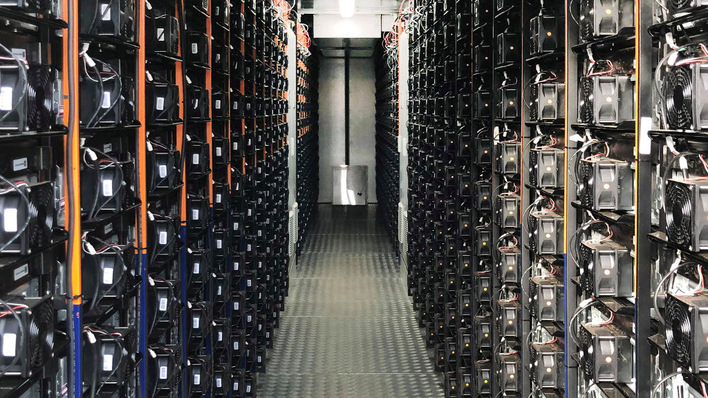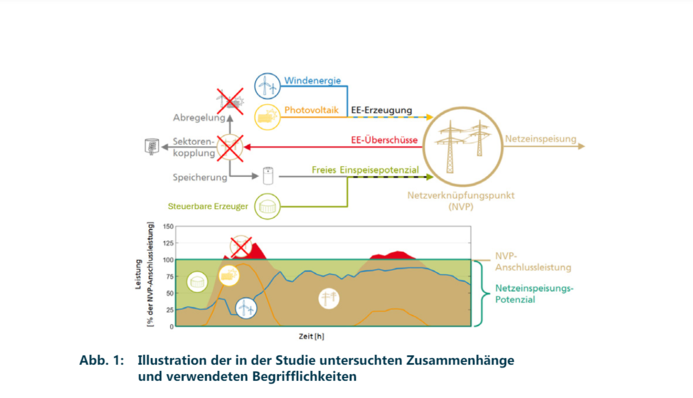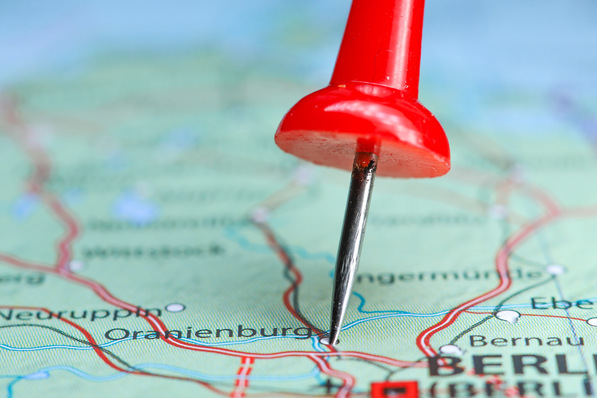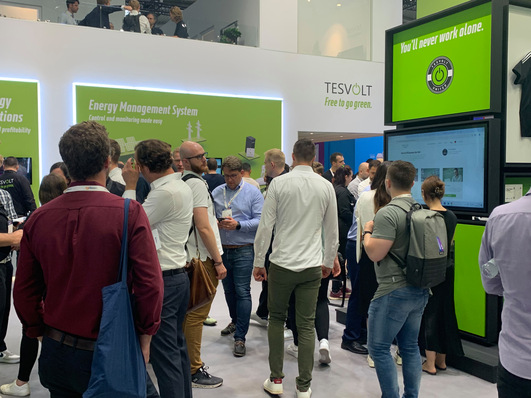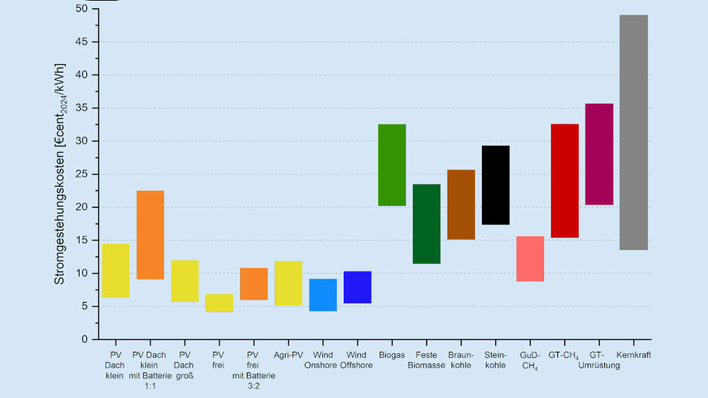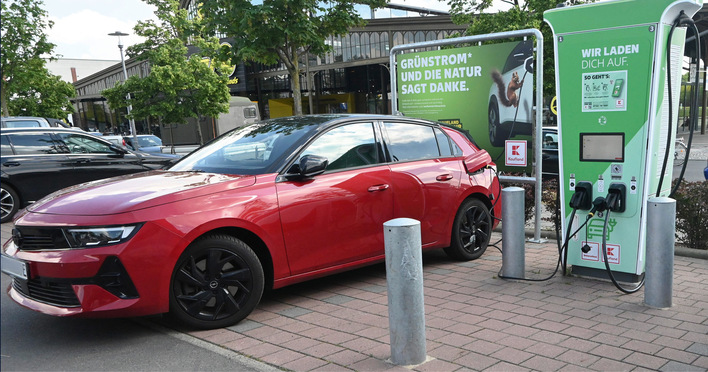Zero Energy Districts are comprised of multi-purpose energy-efficient buildings, where the annual energy delivered to buildings is less than or equal to on-site renewable exported energy.
By 2030, 60% of the world's buildings will be newly built or reconstructed to support the growing population, creating an opportunity to develop communities that are more sustainable and use less energy. Zero Energy Districts advance the design and construction of energy-efficient buildings, to offset district-wide energy use by aggregating renewable energy sources to power buildings within the districts' boundaries.
"In American cities, developers, planners, building owners, and others are helping make our communities more efficient—saving money and reducing pollution," said DOE Deputy Assistant Secretary for Energy Efficiency Kathleen Hogan. "By committing to zero energy as part of their master planning processes, these communities will create a road map for others to follow."
Accelerator partners commit to cost effectively meet zero-energy goals. DOE supports each district's needs through technical resources and assistance with master planning. Through the Zero Energy Districts Accelerator, partners will work together with DOE to outline and refine best practice approaches and address market barriers to achieve zero energy adoption and document proven solutions for industry-wide replication.
The following six partners will implement a detailed master energy plan, business, and governance model within three years and share lessons learned with the market:
- Denver, Colorado—National Western Center project and Sun Valley Ecodistrict
- Huntington Beach, California—Advanced Energy Communities
- St. Paul, Minnesota—Ford Twin Cities Assembly plant Redevelopment Project
- Fresno, California—The Fresno Energy Performance District
- Buffalo, New York—Western New York Manufacturing ZNE District
"Cities are making major strides in transforming how modern communities will power buildings, transportation networks, and households, and the dream of zero energy development could be closer than most people realize" said Cooper Martin, program director of the Sustainable Cities Institute at the National League of Cities. "As an organization representing our nation's 17,000 municipalities, the NLC views sustainability through a city-centric lens and is pleased to partner with the Department of Energy in working towards providing cities with the solutions necessary to address barriers to meeting zero energy goals."
In addition to the National League of Cities, DOE is collaborating with the Rocky Mountain Institute (RMI), U.S. Green Building Council (USGBC), and EcoDistrict to support districts in achieving their energy goals. Such institutions are already working to provide partners with a suite of tools and solutions that specifically address the barriers in building Zero Energy Districts.
The Better Buildings Initiative encourages collaboration between public and private sector organizations across the country to share and replicate successful strategies with the overarching goal of making commercial, public, industrial, and residential buildings 20% more energy efficient over the next decade. This means saving billions of dollars on energy bills, reducing greenhouse gas emissions, and creating thousands of jobs, ultimately resulting in a more prosperous and sustainable society. (DoE)


